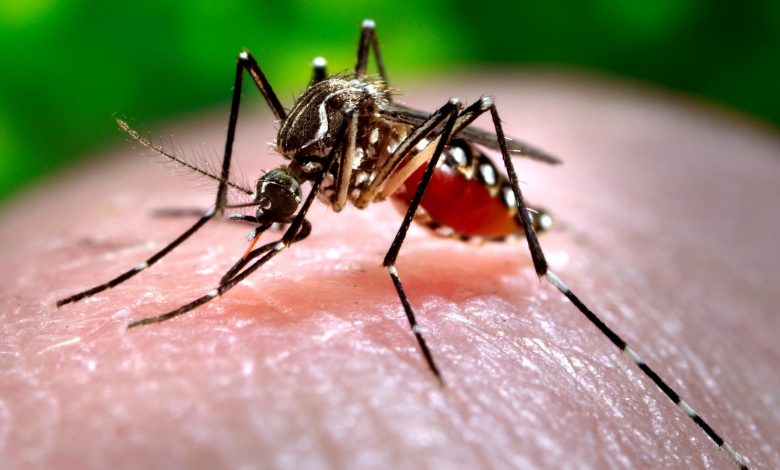

The number of dengue cases in the area under the administration of the Ipoh City Council (MBI) has recorded a rise following the continuous rainy season since early May.
Mayor Dato’ Rumaizi Baharin @ Md Daud said that as of June 25 (Epidemiology Week: 25), a total of 221 cases of dengue were reported in Ipoh. This was an increase of 151.1% compared to 88 cases for the same period last year.
He said that 3 localities had become hotspots this year, namely Pekan Razaki and Desa Sri Ampang back in March, and Kampung Tersusun Batu 8 in June.
“As a result of the cooperation between local residents and all agencies alongside the Kinta District Health Office and the city council, the aforementioned localities were successfully removed from the list of hotspots on June 15.
“As of June 28, only 3 localities are still affected, namely Taman Bunga Raya (2 cases), Taman Rima Gamelan (2 cases) and Taman Perpaduan Raya (2 cases). The outbreak in this area is expected to end within a week,” he said in his speech during the council’s Full Board Meeting for the month of June on Thursday.
The Mayor added that as of May 31, a total of 1,176 notices for undergrowth clearing of abandoned lots and houses had been issued.
He said that a total of 884 had been complied with and that the compliance rate was at 75%.
“Vacant lots and derelict houses are places of risk for the breeding of Aedes mosquitoes and poisonous animals that can threaten the health and safety of nearby residents.
“A total of 10 compounds amounting to RM5,250 have been issued to owners who failed to comply with the notices.
“All owners and developers of abandoned private lots and houses with thick undergrowth located near residential areas are urged to clear the undergrowth regularly,” he added.
He added that the prevention and control activities in eliminating the breeding sites of mosquitoes need to be done continuously and more intensely.
This is important to ensure that the Aedes mosquito density is kept at the most minimal level at all times.
He further explained that the continuous rainy season, interspersed with hot weather in the Kinta District, can contribute to the increase in Aedes mosquito density.
by Rosli Mansor


